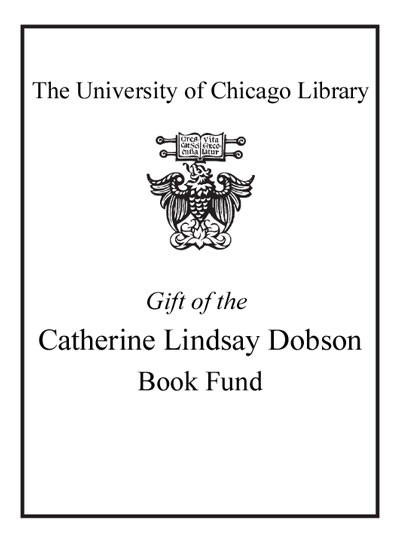What's left of human nature? : a post-essentialist, pluralist, and interactive account of a contested concept /
Saved in:
| Author / Creator: | Kronfeldner, Maria E., author. |
|---|---|
| Imprint: | Cambridge, Massachusetts : The MIT Press, [2018] |
| Description: | xxxii, 301 pages ; 24 cm. |
| Language: | English |
| Series: | Life and mind: philosophical issues in biology and psychology Life and mind. |
| Subject: | |
| Format: | Print Book |
| URL for this record: | http://pi.lib.uchicago.edu/1001/cat/bib/11701624 |
Table of Contents:
- Preface
- Acknowledgments
- 1. Introduction: What's at Issue
- 1.1. Nature?
- 1.2. Human?
- 1.3. Three Different Concepts of Human Nature in Overview
- 1. Three Challenges
- 2. The Dehumanization Challenge
- 2.1. The Vernacular Concept of Human Nature
- 2.2. Dehumanization Systematically Viewed
- 2.3. Social Perspectivity
- 2.4. The Challenge That Derives from Dehumanization
- 3. The Darwinian Challenge
- 3.1. What Essences Would Require
- 3.2. Challenging the Classificatory Role of Essences
- 3.3. Challenging the Explanatory Role of Essences
- 3.4. Situating the Anti-Essentialist Consensus
- 4. The Developmentalist Challenge
- 4.1. From Physis versus Nomos to Nature versus Nurture
- 4.2. Ignoring Interactions
- 4.3. The Interactionist Consensus
- 4.4. What Is the Challenge for a Concept of Human Nature?
- Summary of Part I
- II. Three Natures: A Post-Essentialist, Pluralist, and Interactive Reply to the Three Challenges
- 5. Genealogy, the Classificatory Nature, and Channels of Inheritance
- 5.1. Five Questions Regarding a Species' Nature
- 5.2. Genealogical Nexus as the Classificatory Nature
- 5.3. Genealogy and the Channels of Inheritance
- 5.4. The Resulting Pluralism
- 6. Toward a Descriptive Human Nature
- 6.1. Descriptive Knowledge about Humans in General
- 6.2. The Relationship to the Classificatory and the Explanatory Nature
- 6.3. Typicality Necessary?
- 6.4. Typicality Sufficient? Or What Does "Important" Mean?
- 7. The Stability of Human Nature
- 7.1. Innate or Evolved?
- 7.2. Channelism, Stability, and the Nature-Culture Divide Revived
- 7.3. A Narrow Enough Concept of Human Nature in the Descriptive Sense
- 8. An Explanatory Nature
- 8.1. Explanatory Neo-Essentialism
- 8.2. A Population-Level Solution
- 8.3. The Explanatory Nature Established
- 9. Causal Selection and How Human Nature Is Thereby Made
- 9.1. Causal Selection, Control, and Normality
- 9.2. Choosing among Actual Difference Makers and the Willingness to Control
- 9.3. How Norms Make Human Nature Visible
- 9.4. How Norms Make Human Nature Real
- Summary of Part II
- III. Normativity, Essential Contestedness, and the Quest for Elimination
- 10. Humanism and Normativity
- 10.1. Two Sufficient Entry Conditions for Moral Standing
- 10.2. The Ethical Importance of the Descriptive Nature
- 10.3. A Dialectic, Essentially Contested Concept of Human Nature
- 11. Should We Eliminate the Language of Human Nature?
- 11.1. Elimination versus Revision
- 11.2. Redundancy, Neutrality, and Risk of Dehumanization
- 11.3. Elimination versus Revision as a Matter of Values
- Summary of Part III
- Notes
- References
- Index

